The artistry of Ricardo Bofill’s romantic architecture showcased in new book
A new book titled Ricardo Bofill: Visions of Architecture published by Gestalten highlights in technicolour the Spanish architect’s greatest hits
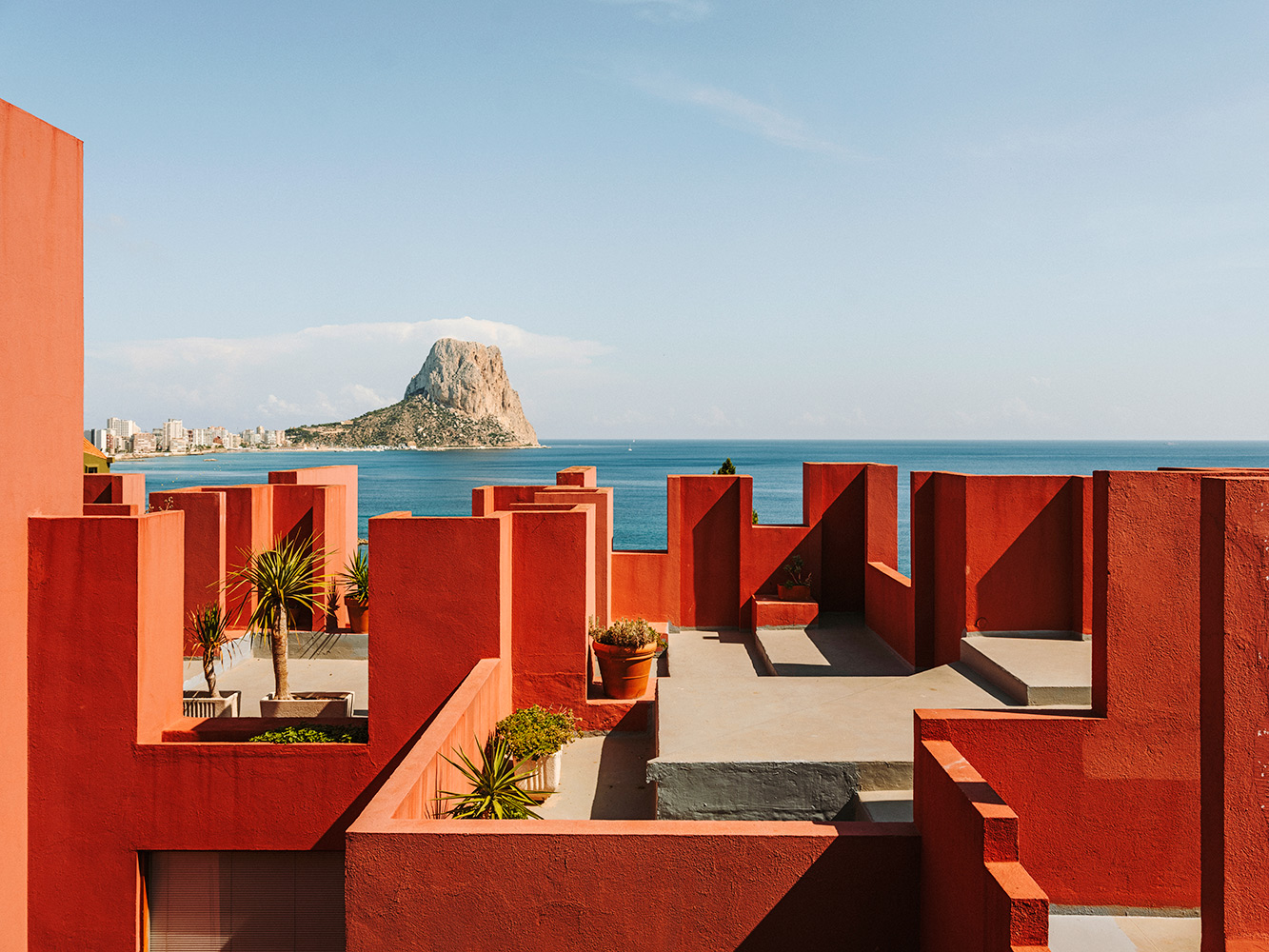
For many people, the Spanish architect Ricardo Bofill is best known for two things; the expansive neoclassic housing estate, Les Espaces d'Abraxas, at the new town of Marne-la-Vallée, east of Paris, and La Fábrica, the monumental former concrete factory in Barcelona that is home to the Bofill family and the Ricardo Bofill Taller de Arquitectura. They represent the two sides of Bofill’s 56-year career, united by a common interest in gravitas and scale, memory and patina, but starkly different in their critical reception and everyday use.
Ricardo Bofill: Visions of Architecture is a typically grandiose presentation of the studio’s greatest hits. ‘Visions’ is the right word, for perhaps more than any other architect of his generation, Bofill believes in the power of composition. As evidenced by the impressive photography throughout, each and every view is a carefully arranged tableau of form and colour; the architect’s vision is total.
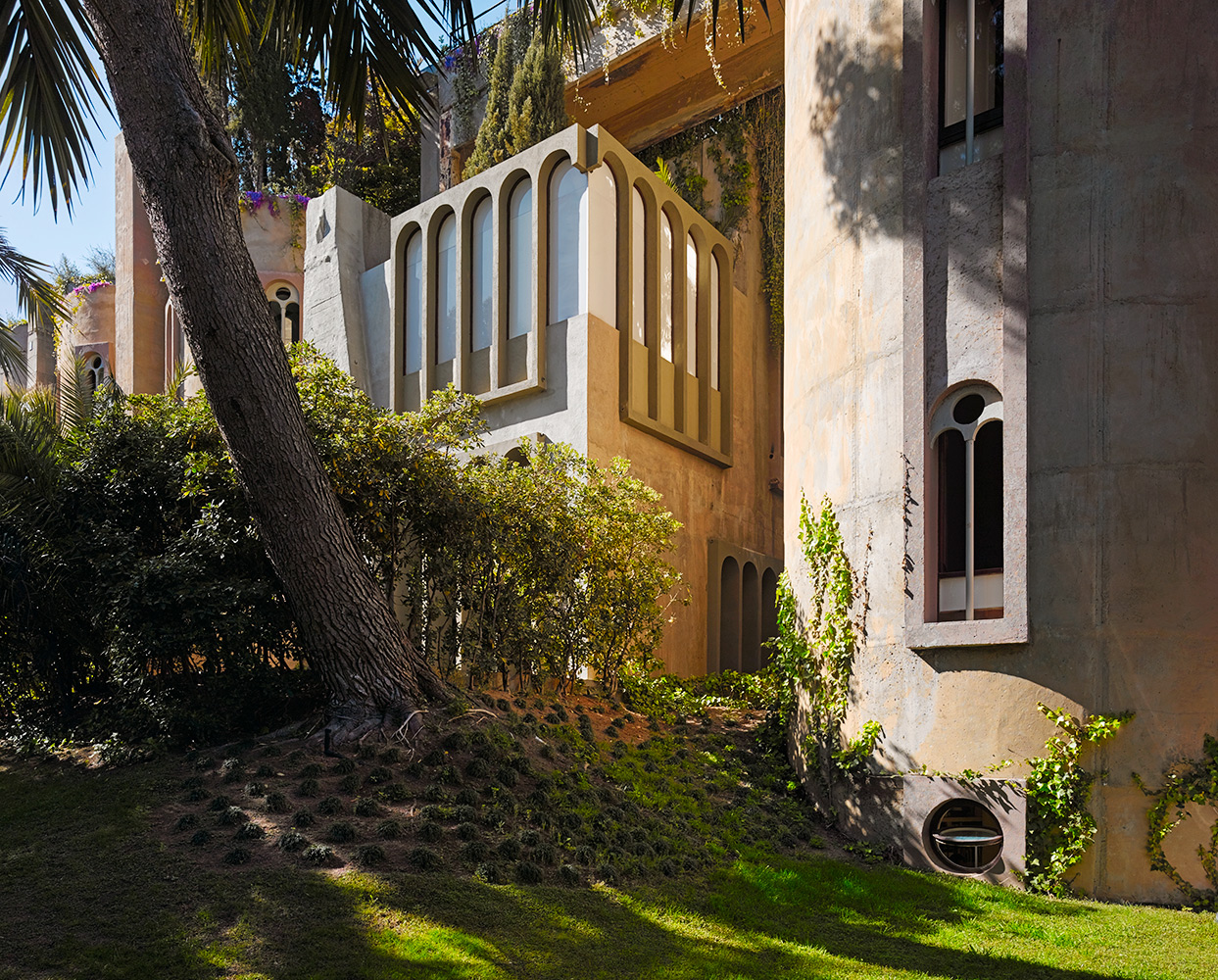
La Fábrica, an abandoned concrete factory on the outskirts of Barcelona became a career-defining manifesto for Bofill and a home for his studio and family.
The essays that preface the book give some clue as to the lofty ideals floating around the Taller de Arquitectura: ‘Towards a Manifesto of Freedom,’ ‘The Last Dreamers of Modernity,’ ‘Dreams and Manifestos: An Architectural Vision’. And it’s true that the works within offer up a rosy utopia of sharp-edged forms and crisply delineated shadows, of bold Mediterranean colours, verdant balconies and sun-drenched terraces.
Ricardo Bofill’s talents lie in composition and the creation of memory
Bofill is a romantic, and his work channels the mystic geometry of Giorgio de Chirico, the bright palette of Luis Barragán and the carefully controlled perspectives of Piranesi. Ultimately, however, the artist at work is Bofill himself.
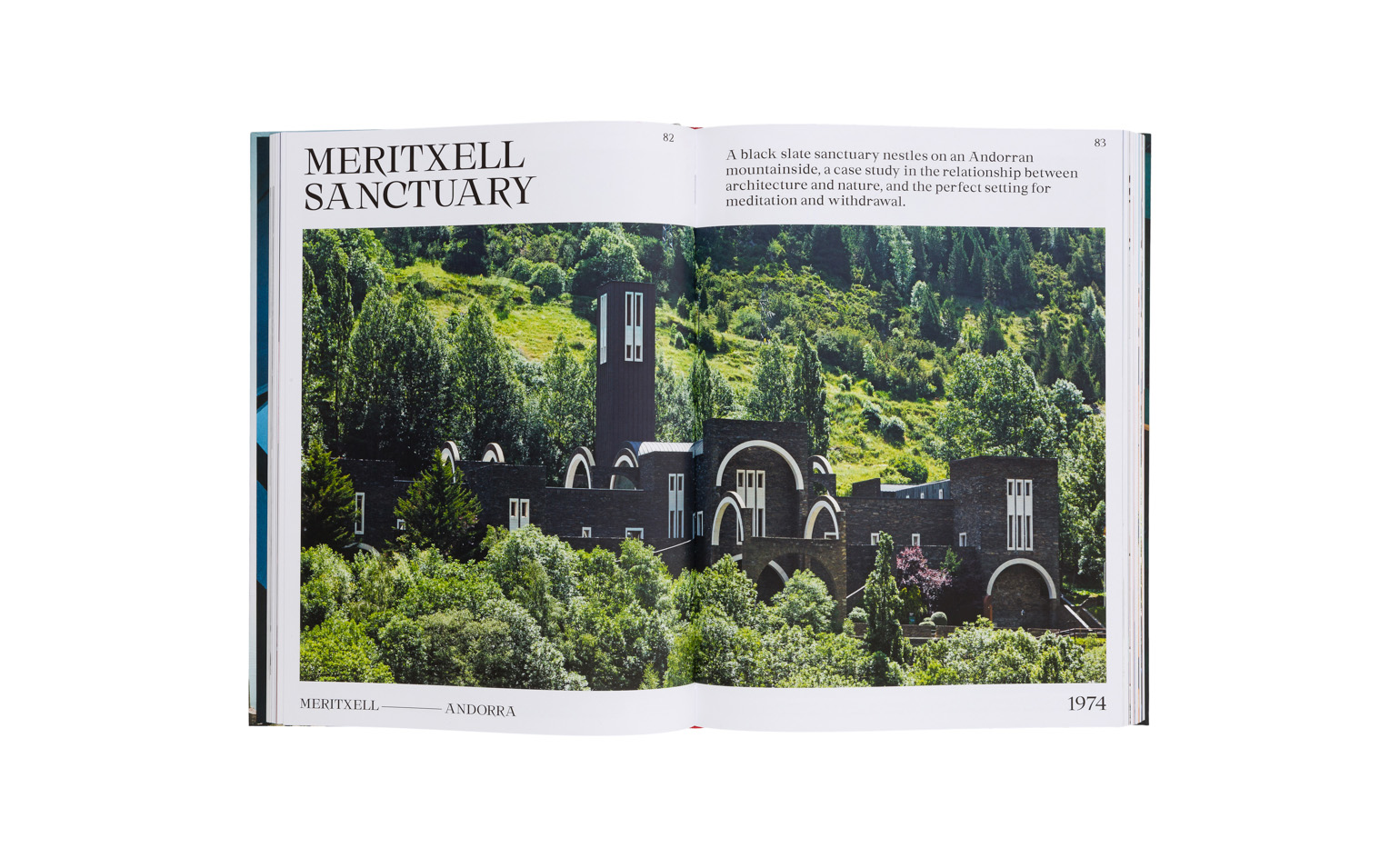
A double page spread from the book published by Gestalten.
The warmth and complexity of the studio’s 1960s-era Barcelona apartments have a credible claim to being the true heirs to the exuberance of the original Modernista buildings. However, there’s something more prescriptive and confining about the work that followed in the 1970s and 80s, especially the over-scaled housing blocks that tend to crush human scale beneath their inflated classical detailing. The use of space is also suspect – masses for him and his family, but tiny apartments for everyone else not fortunate enough to live in the penthouse level or acquire a disused cement factory.
Admittedly the studio places much more emphasis on communal space, with courtyards and terraces sprawling over many levels to better serve up those delectable views. It’s an approach that works far better in sunny Barcelona than wind-swept Parisian suburbs.
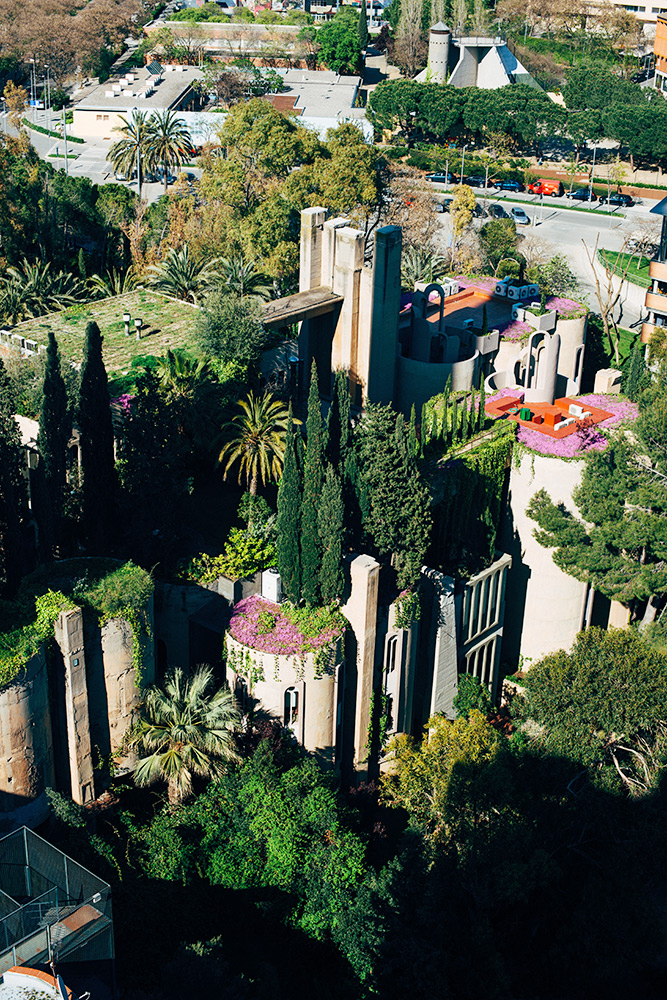
Ruins were inspirational to Bofill in his conception of what La Fábrica would become over time.
Bofill will be 80 this year and recent works from the Taller have sailed ever closer to the ubiquitous high-tech that defines almost every modern airport, HQ or stadium. Even in Bofill’s talented hands, glass and steel can’t acquire the gravitas he gives to render, stone and concrete.
In particular, the strong vernacular influences – classical, Moorish, and Mediterranean – that permeate Bofill’s best known buildings struggle to find traction in these corporate monoliths. There is flexibility and variety here, to be sure, but ultimately Ricardo Bofill’s talents lie in composition and the creation of memory, two elements that are well portrayed in this handsome volume.
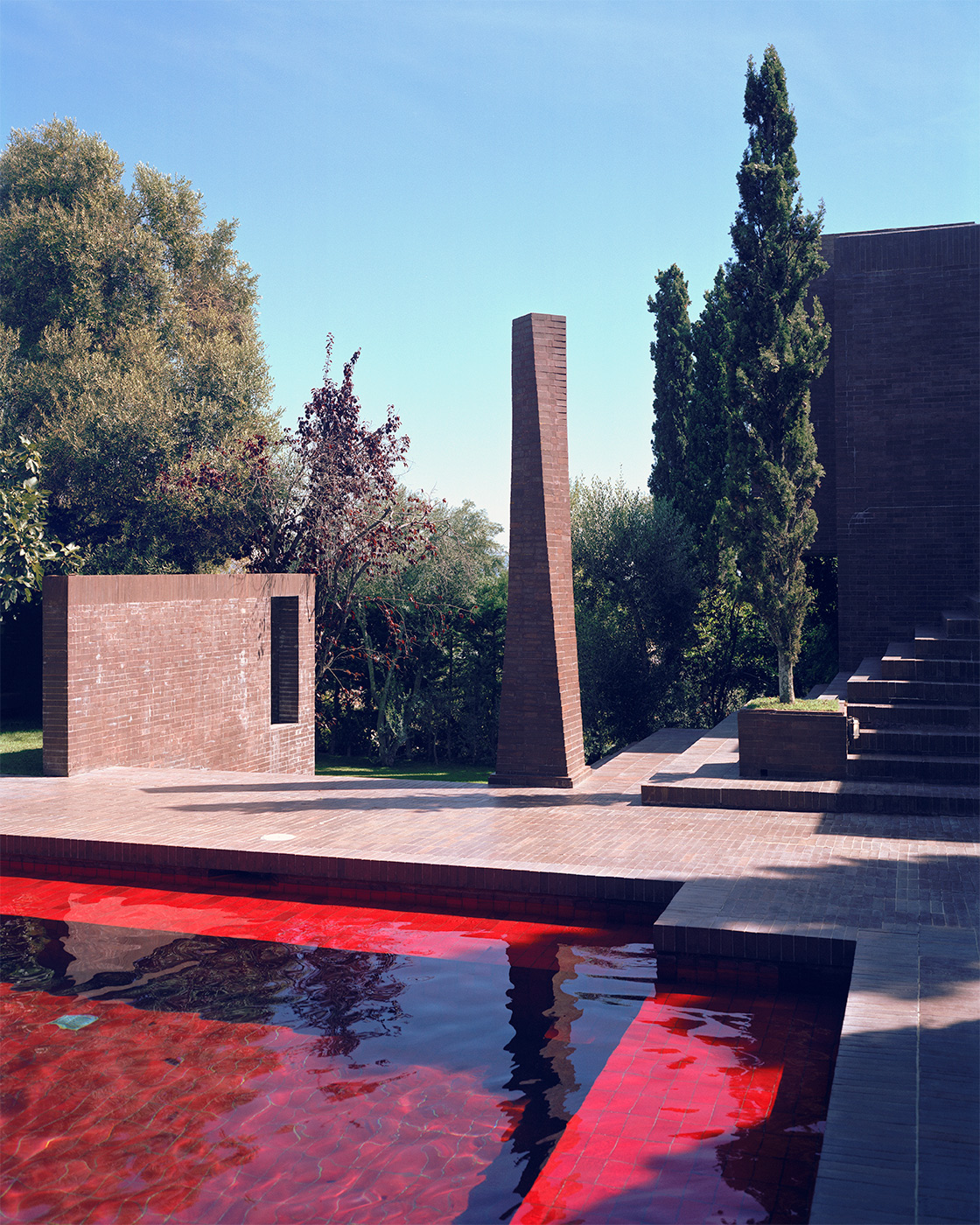
Casa de Verano; a summerhouse for Bofill’s parents and extended family that shows a translation of the architect's radical vision of urban planning at the domestic scale.



INFORMATION
Ricardo Bofill: Visions of Architecture is published by Gestalten, €49.90. For more information visit the Gestalten website
Receive our daily digest of inspiration, escapism and design stories from around the world direct to your inbox.
Jonathan Bell has written for Wallpaper* magazine since 1999, covering everything from architecture and transport design to books, tech and graphic design. He is now the magazine’s Transport and Technology Editor. Jonathan has written and edited 15 books, including Concept Car Design, 21st Century House, and The New Modern House. He is also the host of Wallpaper’s first podcast.
-
 Terrified to get inked? This inviting Brooklyn tattoo parlour is for people who are 'a little bit nervous'
Terrified to get inked? This inviting Brooklyn tattoo parlour is for people who are 'a little bit nervous'With minty-green walls and an option to 'call mom', Tiny Zaps' Williamsburg location was designed to tame jitters
-
 Let’s hear it for the Chopard L.U.C Grand Strike chiming watch
Let’s hear it for the Chopard L.U.C Grand Strike chiming watchThe Swiss watchmaker’s most complicated timepiece to date features an innovative approach to producing a crystal-clear sound
-
 Form... and flavour? The best design-led restaurant debuts of 2025
Form... and flavour? The best design-led restaurant debuts of 2025A Wallpaper* edit of the restaurant interiors that shaped how we ate, gathered and lingered this year
-
 David Kohn’s first book, ‘Stages’, is unpredictable, experimental and informative
David Kohn’s first book, ‘Stages’, is unpredictable, experimental and informativeThe first book on David Kohn Architects focuses on the work of the award-winning London-based practice; ‘Stages’ is an innovative monograph in 12 parts
-
 In the heart of Basque Country, Bjarke Ingels unveils a striking modular building devoted to culinary research
In the heart of Basque Country, Bjarke Ingels unveils a striking modular building devoted to culinary researchSee what the architect cooked up for the Basque Culinary Center in San Sebastián, Spain
-
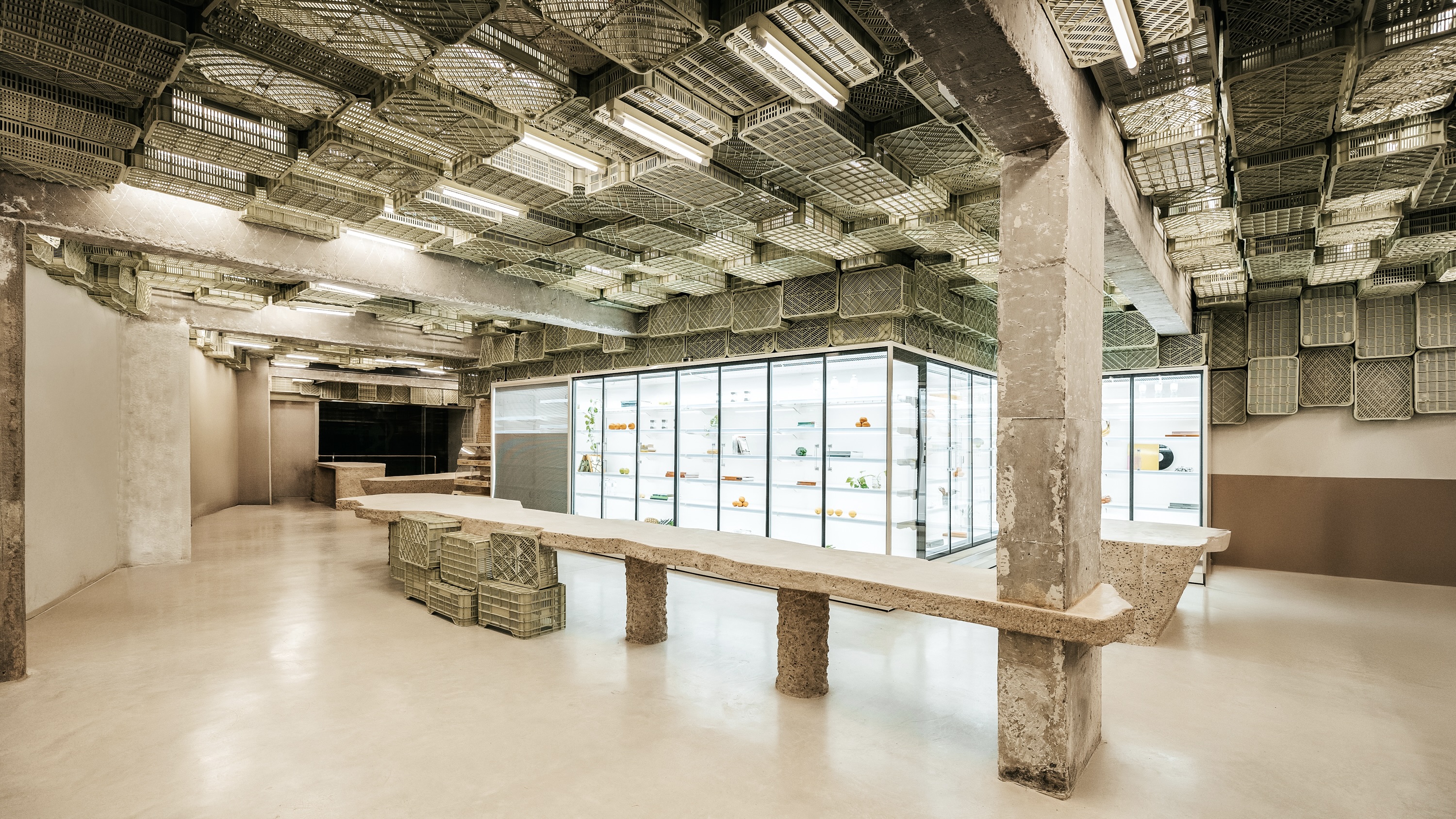 Spice up the weekly shop at Mallorca’s brutalist supermarket
Spice up the weekly shop at Mallorca’s brutalist supermarketIn this brutalist supermarket, through the use of raw concrete, monolithic forms and modular elements, designer Minimal Studio hints at a critique of consumer culture
-
 Explore Tom Kundig’s unusual houses, from studios on wheels to cabins slotted into boulders
Explore Tom Kundig’s unusual houses, from studios on wheels to cabins slotted into bouldersThe American architect’s entire residential portfolio is the subject of a comprehensive new book, ‘Tom Kundig: Complete Houses’
-
 A Spanish house designed to ‘provide not just shelter, but a tangible, physical experience’
A Spanish house designed to ‘provide not just shelter, but a tangible, physical experience’A Spanish house outside Tarragona creates a tangible framework for the everyday life of a couple working flexibly in the digital world
-
 A new photo book explores the symbolic beauty of the Japanese garden
A new photo book explores the symbolic beauty of the Japanese garden‘Modern Japanese Gardens’ from Thames & Hudson traces the 20th-century evolution of these serene spaces, where every element has a purpose
-
 Meet Ferdinand Fillod, a forgotten pioneer of prefabricated architecture
Meet Ferdinand Fillod, a forgotten pioneer of prefabricated architectureHis clever flat-pack structures were 'a little like Ikea before its time.'
-
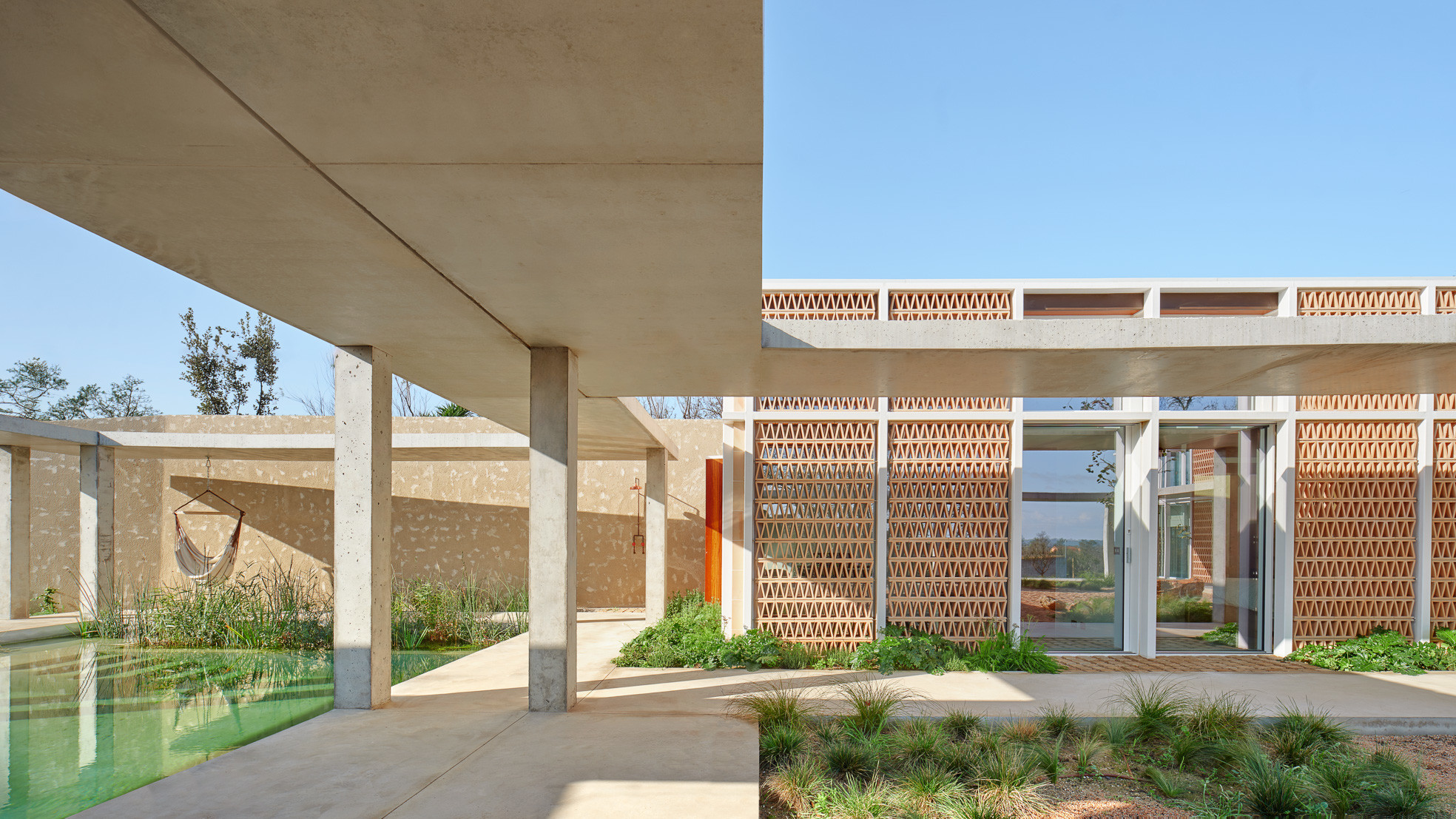 A courtyard house in northern Spain plays with classical influences and modernist forms
A courtyard house in northern Spain plays with classical influences and modernist formsA new courtyard house, Casa Tres Patis by Twobo Arquitectura, is a private complex that combines rich materiality and intriguing spatial alignments